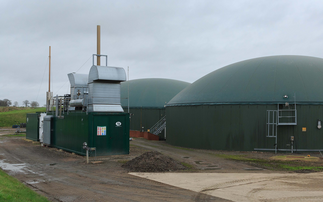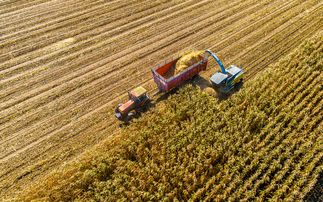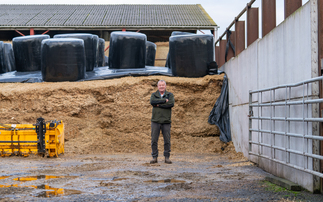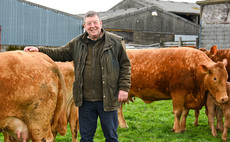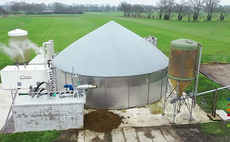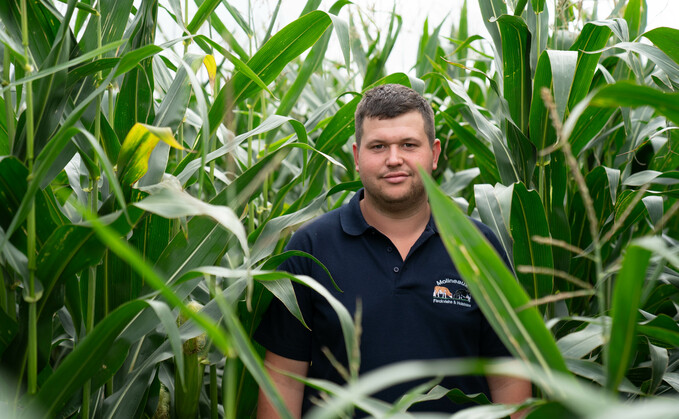
James Woodridge runs a mixed farm at Burrington, near Umberleigh, where, in addition to 200 ewes, he also milks a small herd of 90 dairy cows, calving from June through to September.
As well as a growing a selection of arable seed crops on behalf of a local seed merchant, James also grows eight hectares (20 acres) of high-yielding maize, which is used to feed the dairy herd through winter. James says: "I am in the process of expanding the herd, with plans to eventually reach 120 milkers as and when the farm's income allows us to build a new cubicle shed
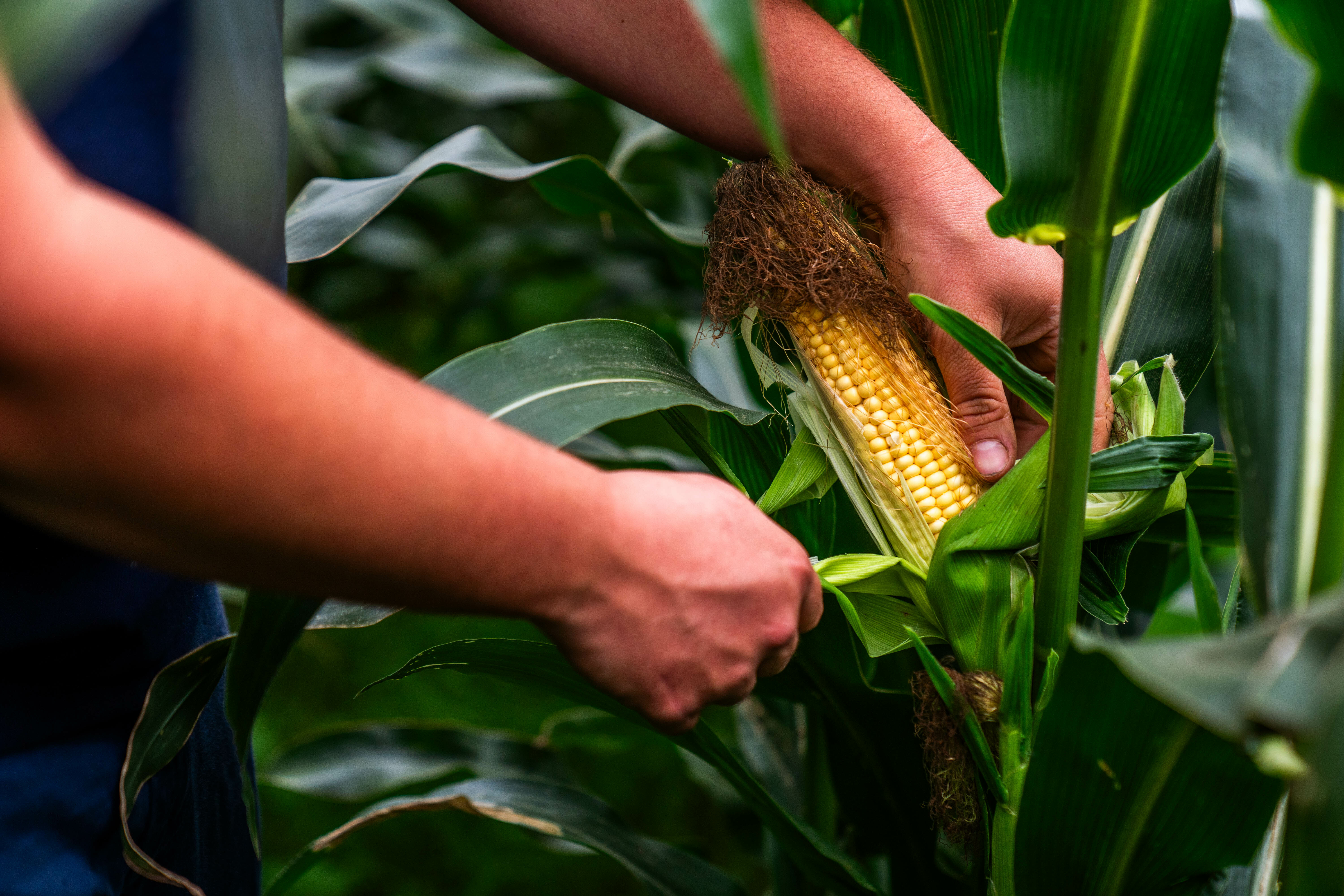
Lactation
"We have historically averaged 8,500 litres per lactation, although this year the cows are performing above and beyond what I expected, predominantly because of genetic gains, which are the result of a lot of time and money spent over the last three to five years. "My hope is we will reach 9,000 litres this year, although a lot will depend on how well the herd performs when they come back into their winter accommodation."
Key to the herd's performance during their time inside is the quality and quantity of forage available. With this in mind, James began growing maize five years ago to boost the amount of ensiled forage available and because it complements the farm's grass silage.
James says: "Modern maize varieties are capable of producing upwards of 18 tonnes/ha, but at 550 feet and with heavy clay deposits which extend to 6ft or 7ft deep, there is little chance of us ever achieving those sorts of figures. A more realistic goal is for us to achieve 15t/ha, but that obviously depends on the kind of year we have."
"We always try to sow maize as soon as we can, but in the last two years we have not been able to drill until the very end of May.
"That is simply because our heavy ground remains so wet for so long, but it does give us the chance to graze in spring or to take a first cut of grass silage before going in with the plough to prepare the ground for maize." With just 8ha (20 acres) given to maize - enough to fill one clamp - James says that it is essential he selects a proven and early maturing variety.
He says: "We can see both Exmoor and Dartmoor from the farm which means we are situated in one of the wettest parts of the UK. "We can therefore only realistically use varieties which will perform in a short growing season, as we often have to drill late and harvest early.
"In fact, the first time I grew maize we had to leave two acres uncut as that year's excessively wet autumn meant we simply could not harvest it." To minimise the risk of the same happening again, James has switched to earlier maturing varieties."
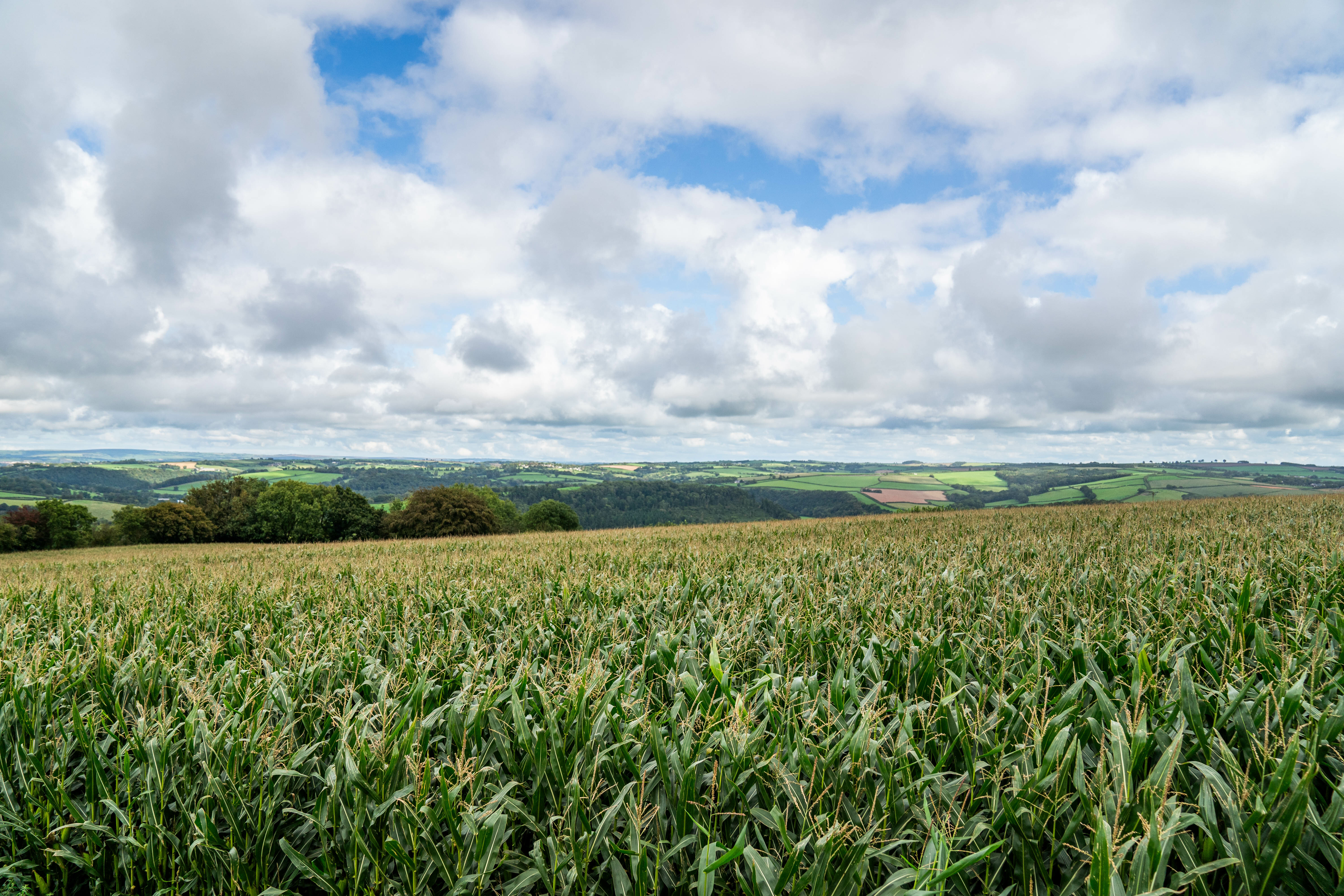
Yield performance
He says: "I started out growing Reason, which, despite that tricky first year, performed well for me in terms of yield and energy content.
However, it is no longer available, so I moved over to Pinnacle and Ambition, which also worked well but were not quite early enough to mature for my specific set of circumstances. "I have therefore been growing Dignity for the last three years. It is only marginally earlier at maturing than my previous choices, but even a difference of just a few days can be beneficial when the weather is against us."
Dignity has performed well for James over the last two years, with last year's crop analysed at 34.2 per cent dry matter and 11.4MJ/kg of energy
To ensure each year's crop yields well, James feeds his maize ground with farmyard manure plus an application of di-ammonium phosphate, which is applied to the seedbed at about 148kg/ha (60kg/acre).
James says: "After that I let the crop take care of itself and cross my fingers that the weather is kind. I am always on the lookout for an even earlier variety to take a bit more risk away, but Dignity is not broken, so there is no need to fix it.
"It is ready to harvest at least a week earlier than the varieties I have previously used and has the added advantage of growing away vigorously at the start of the growing season, even in years when our heavy clay soils have remained cold."
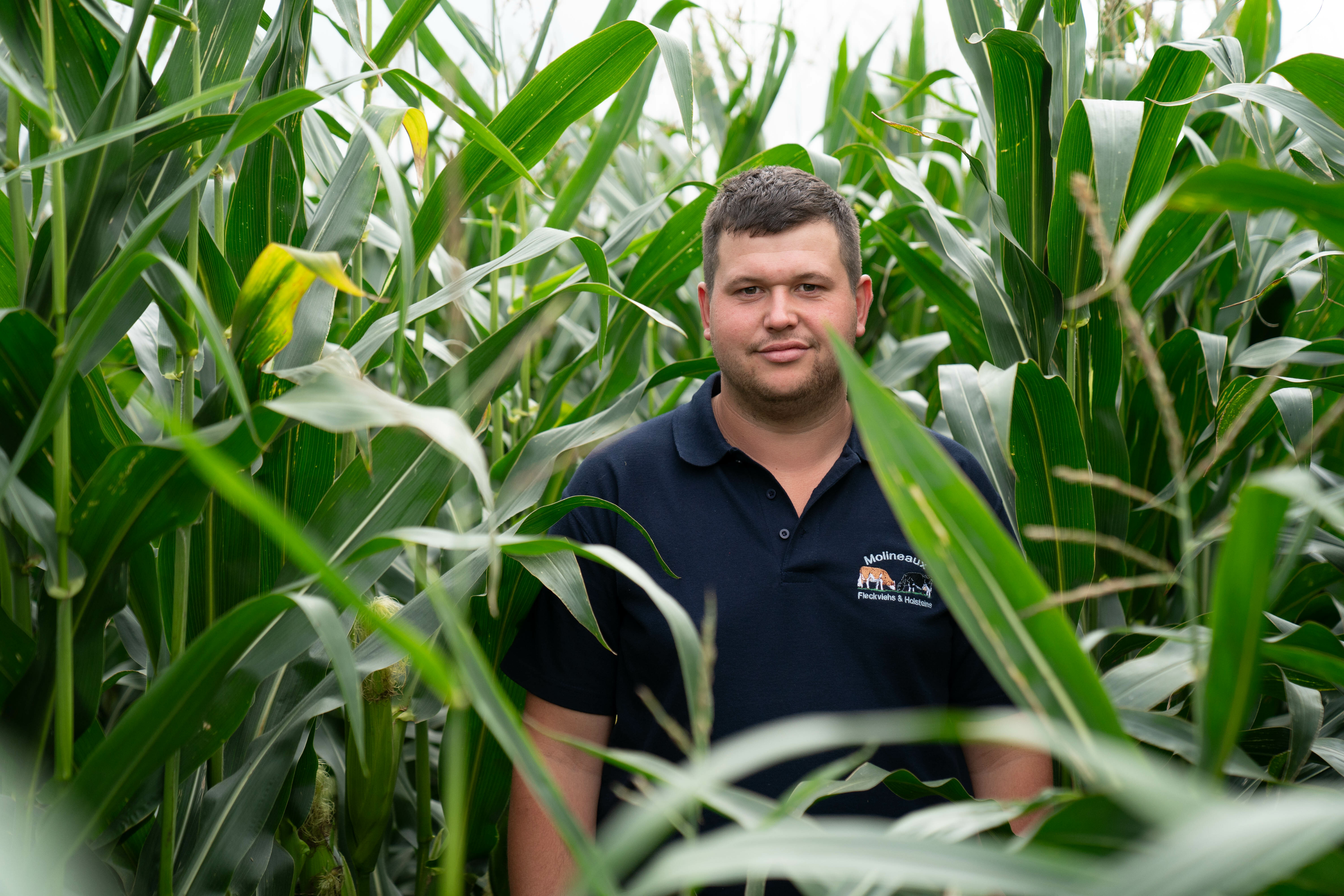
SELECTING a maize variety which is ideally suited to the location in which it is being grown and the end use for which it is being produced is crucial to maximising the crop's value. Tim Richmond, maize manager for LG Seeds, discusses some of the things to consider when selecting next year's varieties.
He says: "As a seed breeder, Limagrain's primary goal for each new generation of maize varieties is to produce crops which offer better yield, improved nutritional value and increasingly early maturity, so growers can offset purchased feed costs by producing ample quantities of home-grown, high-value forage.
"High-performing early varieties, such as Dignity, Prospect, Foxtrot and Gema, all have the potential to fill clamps with good quality maize silage, but it is important to select the one which is best suited to your specific location and soil type and to ensure it offers the correct earliness of maturity to fit into your wider farming calendar."
Vigour Whether you are looking to improve early season vigour, dry matter yield, energy content or earliness of harvest, the BSPB/ NIAB Forage Maize Descriptive List is the obvious starting point when choosing which variety to grow, as it uses UK-specific data to assess each variety's merits. Growers can also use the free LG Seeds Maize Manager App to determine which variety is best suited to their specific location.
Tim says: "The maturity manager tool within the app uses postcode-specific Met Office data to calculate Ontario Heat Unit accumulations for the specified location and uses this information to recommend the optimum variety. The BSPB/NIAB list also provides details of another key factor, cell wall digestibility.
Tim says: "With 50 per cent of the total energy in maize contained within the plant's stem and leaf material, varieties which combine high starch and high cell wall digestibility [CWD] should be at the top of the list of choices.
"Varieties with higher CWD will encourage faster rumen throughput and higher feed intakes, resulting in improved productivity either as milk yield or daily live weight gain. The latest varieties such as Duke and Skipper also offer very early maturity enabling them to be harvested in favourable conditions and allowing time for a successor crop to be established."

For more information visit the Maize Crop Watch Hub now
This is sponsored content my LG Seeds








